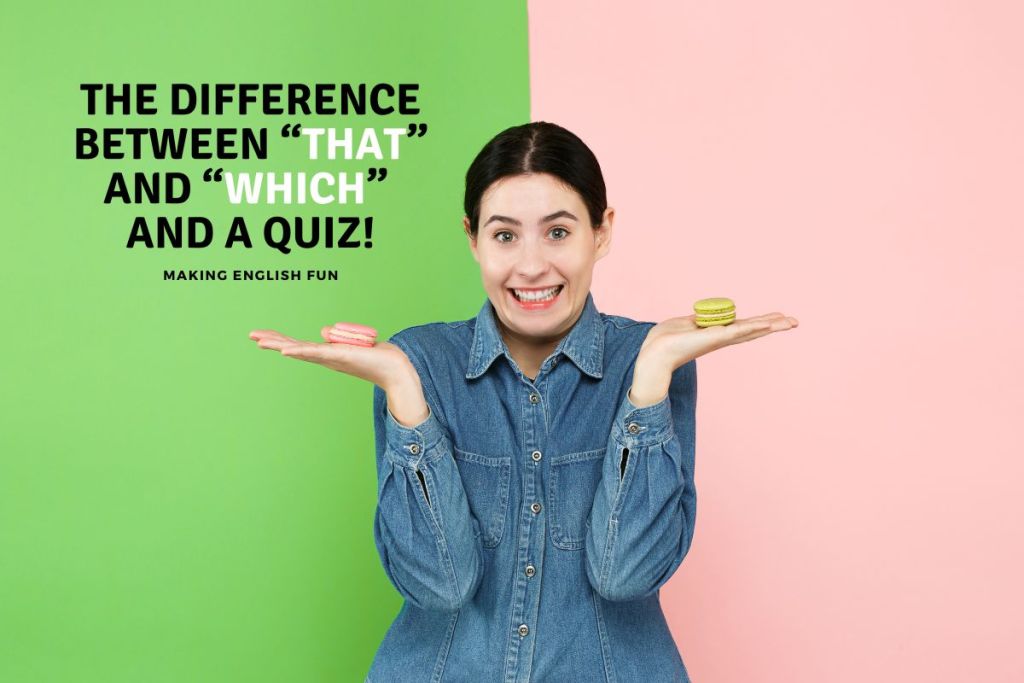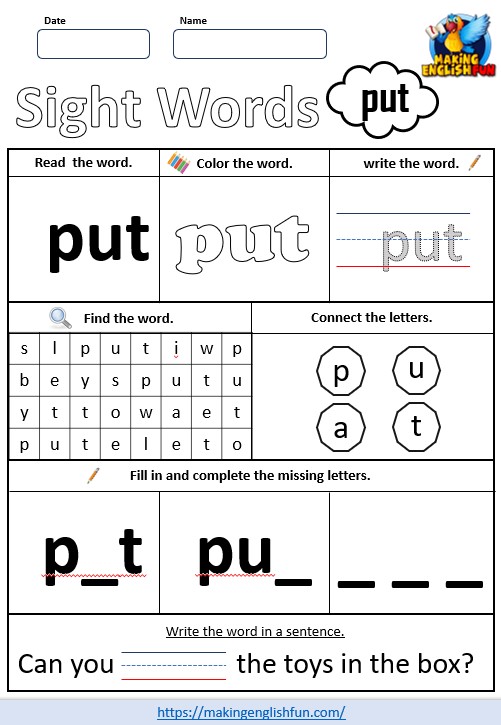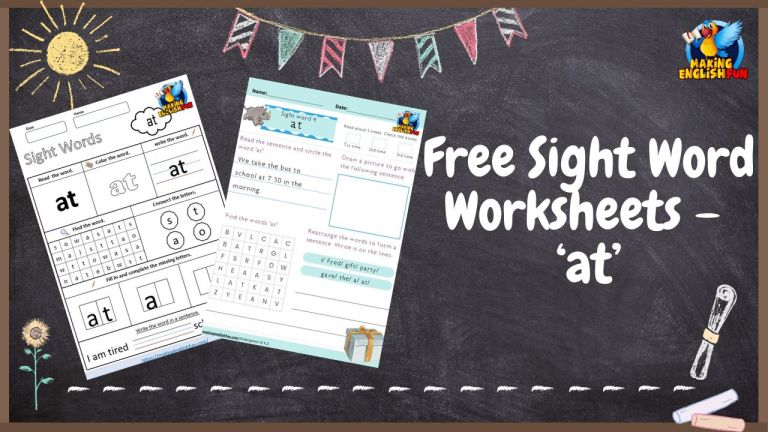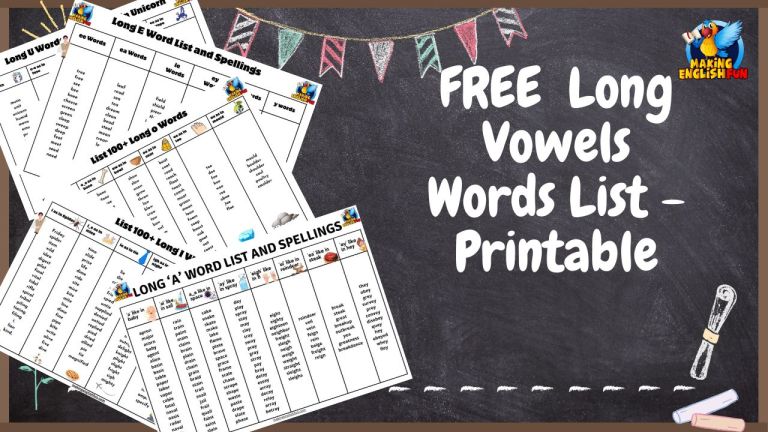Difference Between That and Which Quiz
In English grammar, choosing between “that” and “which” can be puzzling. These words, both relative pronouns, are used to introduce relative clauses, but they serve different purposes and are not interchangeable.
Their correct usage is essential for clarity and precision in writing.
This article aims to unravel the confusion surrounding “that” and “which,” providing clear explanations, examples, and guidelines to help you distinguish between them effectively.

We also have a quiz in the middle you can try to see if you are getting the hang of the difference between that and which.
Section 1: Exploring “That”
That: A Restrictive Relative Pronoun
The word “that” is used as a restrictive relative pronoun. It introduces a restrictive (or defining) relative clause, which provides essential information about the noun it modifies.
This information is crucial to the meaning of the sentence, and omitting it would change the sentence’s meaning.
Examples of “That” in Use
Consider these sentences where “that” is used correctly:
- “The book that you lent me is excellent.” Here, “that you lent me” specifies which book is being discussed.
- “The car that won the race was a classic model.” The clause “that won the race” is necessary to identify the car.
Section 2: Understanding “Which”
Which: A Non-Restrictive Relative Pronoun
In contrast, “which” is used to introduce non-restrictive (or non-defining) relative clauses. These clauses provide additional, non-essential information about the noun. This information is not vital to the meaning of the sentence, and the sentence would still make sense if the “which” clause were removed.
Usage in Sentences
Examples of “which” include:
- “The book, which was published in 2005, is out of print.” The clause “which was published in 2005” adds extra information about the book.
- “Her necklace, which she received as a gift, is made of silver.” The clause “which she received as a gift” provides additional details about the necklace.
That or Which Whats the Difference Quiz
You can check out our quiz to practice the difference between its and it’s here as well.
That vs. Which Quiz
Question 1: “I need the book _____ is on the table.”
Question 2: “Choose the option _____ suits you best.”
Question 3: “The car _____ I want is red.”
Question 4: “I like movies _____ have happy endings.”
Question 5: “This is the pen _____ I borrowed from you.”
Question 6: “Please find the key _____ unlocks the door.”
Question 7: “I need a computer _____ can handle heavy gaming.”
Question 8: “She bought a dress _____ is very expensive.”
Question 9: “The dog _____ barks loudly is annoying.”
Question 10: “Choose the movie _____ you like.”
Total Score: 0
Section 3: Tips to Choose Between “That” and “Which”
Differentiating between “that” and “which” can be simplified with a few key strategies:
- Identifying the Clause Type: Determine if the clause is providing essential information (restrictive) or additional details (non-restrictive). Use “that” for the former and “which” for the latter.
- Comma Usage: Non-restrictive clauses introduced by “which” are often set off by commas, while restrictive clauses with “that” do not use commas. For example:
- “The painting, which hangs in the gallery, is my favorite.” (Non-restrictive)
- “The painting that won the award is on display.” (Restrictive)
- Substitution Test: Try substituting “which” with “that” and vice versa. If the sentence loses essential information or meaning, “that” is likely the correct choice.
Common Errors to Avoid:
- Using “which” in place of “that” in restrictive clauses (incorrect: “The book which I read last night was thrilling”).
- Omitting commas in non-restrictive clauses starting with “which” (incorrect: “The car which he bought is red”).
Section 4: The Importance of Precision in Language
The misuse of “that” and “which” can lead to ambiguity and misinterpretation, especially in written communication.
Correct usage is crucial for conveying your message clearly and accurately.
In professional, academic, or formal writing, such precision is essential to maintain the integrity and clarity of the text.
Conclusion
Understanding when to use “that” and “which” is a vital skill in mastering English grammar.
These words, though similar in sound, play different roles in sentences and are key to maintaining clarity in communication.
By applying the guidelines and practices outlined in this article, you can enhance your writing and ensure your message is conveyed precisely as intended.
What to do next?
Do you have any tips or mnemonic devices that help you remember the difference between “that” and “which”?
Share your experiences or additional strategies in the comments below.
For more resources on English grammar and usage, explore our website and take our interactive quizzes!
Other Commonly Confused words in English
We also have an article with over 50 of the most commonly confused words in English here on the site.







